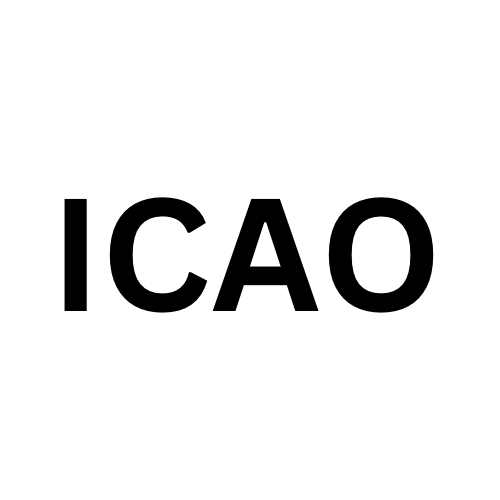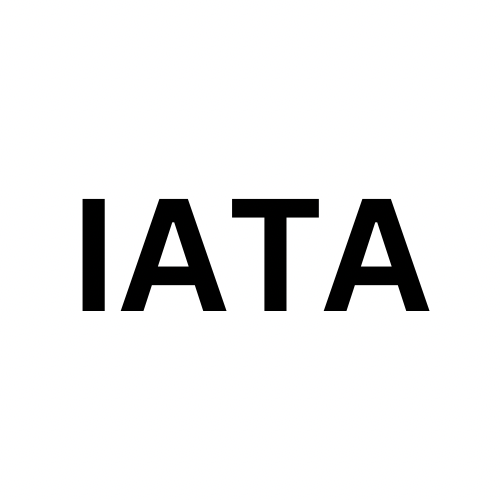Keeping the Skies Safe and Smooth: The Crucial Roles of ICAO and IATA in International Aviation
The global aviation industry thrives on a complex web of regulations, collaborations, and standardized procedures. Two key international organizations play a vital role in ensuring the safety, efficiency, and smooth operation of air travel across borders: the International Civil Aviation Organization (ICAO) and the International Air Transport Association (IATA).Let’s delve deeper into their distinct yet complementary functions:

The International Civil Aviation Organization (ICAO): Setting Global Standards
- A Specialized Agency of the UN: Established in 1944, ICAO is a specialized agency of the United Nations. Its primary mission is to foster the safe and orderly growth of international civil aviation worldwide.
- Setting the Stage for Safety: ICAO establishes international standards and recommended practices (SARPs) for various aspects of aviation, including air traffic control, aircraft design and operation, pilot licensing, and navigation procedures. These standards ensure a consistent level of safety and efficiency across member states.
- Facilitating Cooperation: ICAO fosters cooperation between its 193 member states by convening international conferences, workshops, and training programs. This collaboration ensures that aviation regulations and procedures are harmonized across borders.
- Facilitating Economic Development: By promoting safe and efficient air travel, ICAO contributes significantly to global economic development. Air travel facilitates trade, tourism, and the movement of goods and services,fostering economic growth and prosperity for member states.

The International Air Transport Association (IATA): Representing the Airlines
- The Voice of Airlines: Established in 1945, IATA is a trade association representing some 298 airlines from over 120 countries. It acts as a collective voice for the airline industry, advocating for policies that promote safe,efficient, and profitable air travel.
- Developing Industry Standards: IATA works with its member airlines to develop industry standards for various aspects of air travel, including passenger handling, cargo operations, and travel documentation. These standards streamline operations, improve customer service, and enhance overall efficiency within the industry.
- Facilitating Collaboration Among Airlines: IATA provides a platform for airlines to collaborate on issues of common interest, such as fuel efficiency, safety initiatives, and cargo handling procedures.
- Simplifying Travel: IATA plays a role in simplifying the travel experience for passengers. They develop and maintain common standards for airline codes, e-ticketing procedures, and baggage handling, making air travel more convenient and less confusing.
A Synergy for Success: ICAO and IATA Working Together
While ICAO sets global standards and IATA represents the airlines, these organizations collaborate effectively to ensure the smooth operation of international aviation. They work together on various initiatives, such as:
- Safety Enhancements: ICAO and IATA work jointly to develop and implement safety improvements for the aviation industry, such as standardized crew training programs and new technologies to enhance air traffic management.
- Environmental Sustainability: Both organizations are increasingly focused on promoting environmentally sustainable practices within the aviation industry, such as reducing carbon emissions and developing cleaner-burning fuels.
Conclusion
ICAO and IATA play complementary roles in ensuring the safety, efficiency, and continued development of international civil aviation. ICAO sets the global standards, while IATA represents the airlines and facilitates collaboration within the industry. Their combined efforts contribute to a seamless and safe travel experience for passengers around the world.











